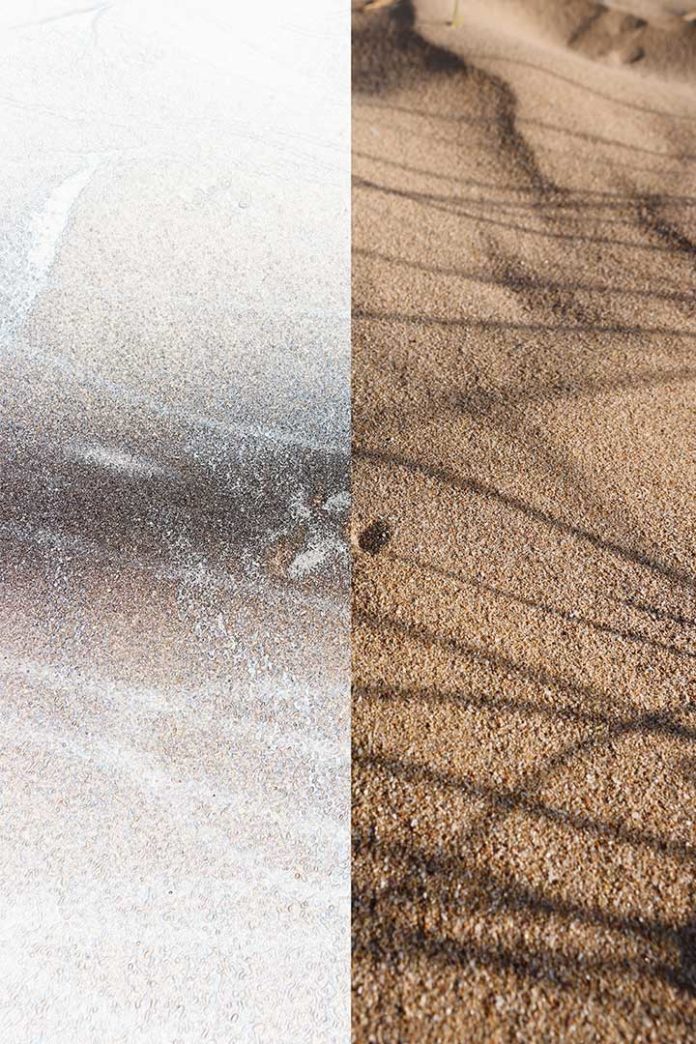First of all – what is this? Field curvature in lenses is an optical aberration because the lens does not focus light onto a flat plane. Instead, the focus falls along a curved surface, resembling a section of a sphere. This results in the center of the image being in focus, while the edges and corners may appear out of focus when using a flat sensor or film plane. Here are the primary causes and factors contributing to field curvature:
Lens Design and Shape
- Spherical Elements: Traditional spherical lens elements tend to focus light more strongly in the center than at the edges, naturally leading to a curved focal plane. This is inherent to the geometry of spherical surfaces.
- Optical Formulas: Lenses are designed with specific optical formulas that balance various factors. Simplified designs or older lenses often exhibit more pronounced field curvature because modern complex designs use additional elements to correct for such aberrations.
Focal Length
- Wide-Angle Lenses: Field curvature is more noticeable in wide-angle lenses because they have a broader field of view, and bending light from the edges of these wide fields onto a flat sensor is challenging without significant correction.
- Telephoto Lenses: These lenses can also display field curvature. However, due to their narrower angle of view and different lens element configurations, the effect might be less pronounced or managed differently.
Aperture Setting
- Large Apertures: Using a lens at a wide aperture setting can enhance the visibility of field curvature because the depth of field is shallow, making the focus discrepancies between the center and edges more apparent.
Compromise in Lens Correction
- Balancing Aberrations: Lens designers often have to make trade-offs between correcting various aberrations. Correcting for one aberration, like spherical or astigmatism, might exacerbate another, such as field curvature. Hence, some field curvature is often accepted to optimize other critical image qualities.
Cost and Size Constraints
- Economic and Physical Limitations: High levels of aberration correction require more complex lens designs with additional elements, which can be more expensive and result in larger, heavier lenses. In consumer-grade lenses, manufacturers might opt for simpler designs that exhibit some field curvature to keep the lenses affordable and compact.
Impact and Correction
- Image Impact: Field curvature affects the plane of focus across the image field, which can be particularly challenging in landscape photography or any scene where edge-to-edge sharpness is desired.
- Optical Correction: Some modern lenses use aspherical elements or extra-low dispersion glass to significantly reduce field curvature. These elements help flatten the field without compromising the lens’s overall performance.
- Post-Processing: Software correction can sometimes be used to adjust for field curvature by modifying the image to achieve a perceived increase in edge sharpness, although this is less effective than optical corrections.
Checking the Field Curvature of a Photograph
You can check the field curvature of any photograph in Adobe PhotoShop by opening the Filter menu, selecting Stylize, and the Find Edges.



